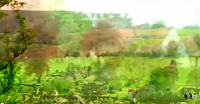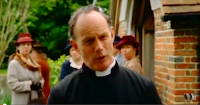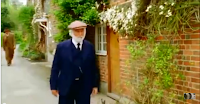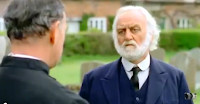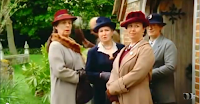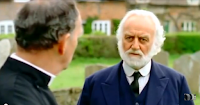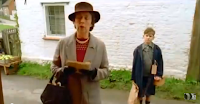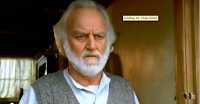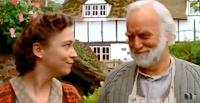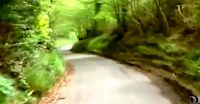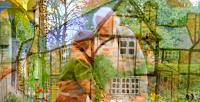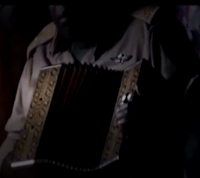 1) As the sequence begins, what sounds do we hear before the music begins?
1) As the sequence begins, what sounds do we hear before the music begins?- We hear the musical instrument the Accordion being played while a man is singing, there are noises of birds chirping and a nose of door opening.
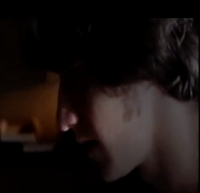 2) As the music begins we only see Nicholas' face, not what
2) As the music begins we only see Nicholas' face, not what he see's. How is the music used to indicate that all is not well?
- The music goes from a light well played tune and as soon as you see the side of Nicholas' face the music turns dark and gloomy.
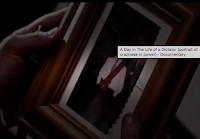
3) How does the music change as he picks up the photograph? What mood or emotion is suggested?
- When Nicholas picks up the photograph the camera does a close up of the photo and then a side view of his face, he seems calm when looking at the photo but puts it down in a way that he is ashamed and seems to be in a little disbelief.
 4) As he notices the envelope, how does the music indicate that it is unlikely to contain good news?
4) As he notices the envelope, how does the music indicate that it is unlikely to contain good news?- The music paces up and the speed is almost as if you can feel Nicholas's adrenaline rush. The music does a massive build up of excitement.
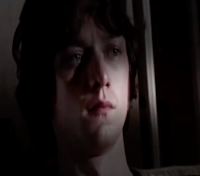 5) How does the music change as he opens the envelope and discovers his new Ugandan passport? What does the music tell us about Nicholas's feelings?
5) How does the music change as he opens the envelope and discovers his new Ugandan passport? What does the music tell us about Nicholas's feelings?- The music changes from a fast pace to a slow dark pace with gloomy tones to show his let down feelings and feeling trapped and that he can't escape this emotion.
Although there is no speaking the silence is heard for a few seconds without the music to give an impact of confusion.
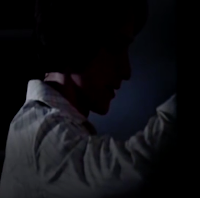
6) The image changes to blurred headlamps. A new style of music is heard. Try to describe this music and how it changes as he gets to the door.
- The music changes to a subtle calm tone maybe to hide what he's done and to not show any emotion whatsoever to the person at the door.
There is a slight use of Pleoanastic sound, the knocking is loud and would be used as a great use to emphasise the panic and confusion Nicholas is feeling on the door while trying to stay calm.
